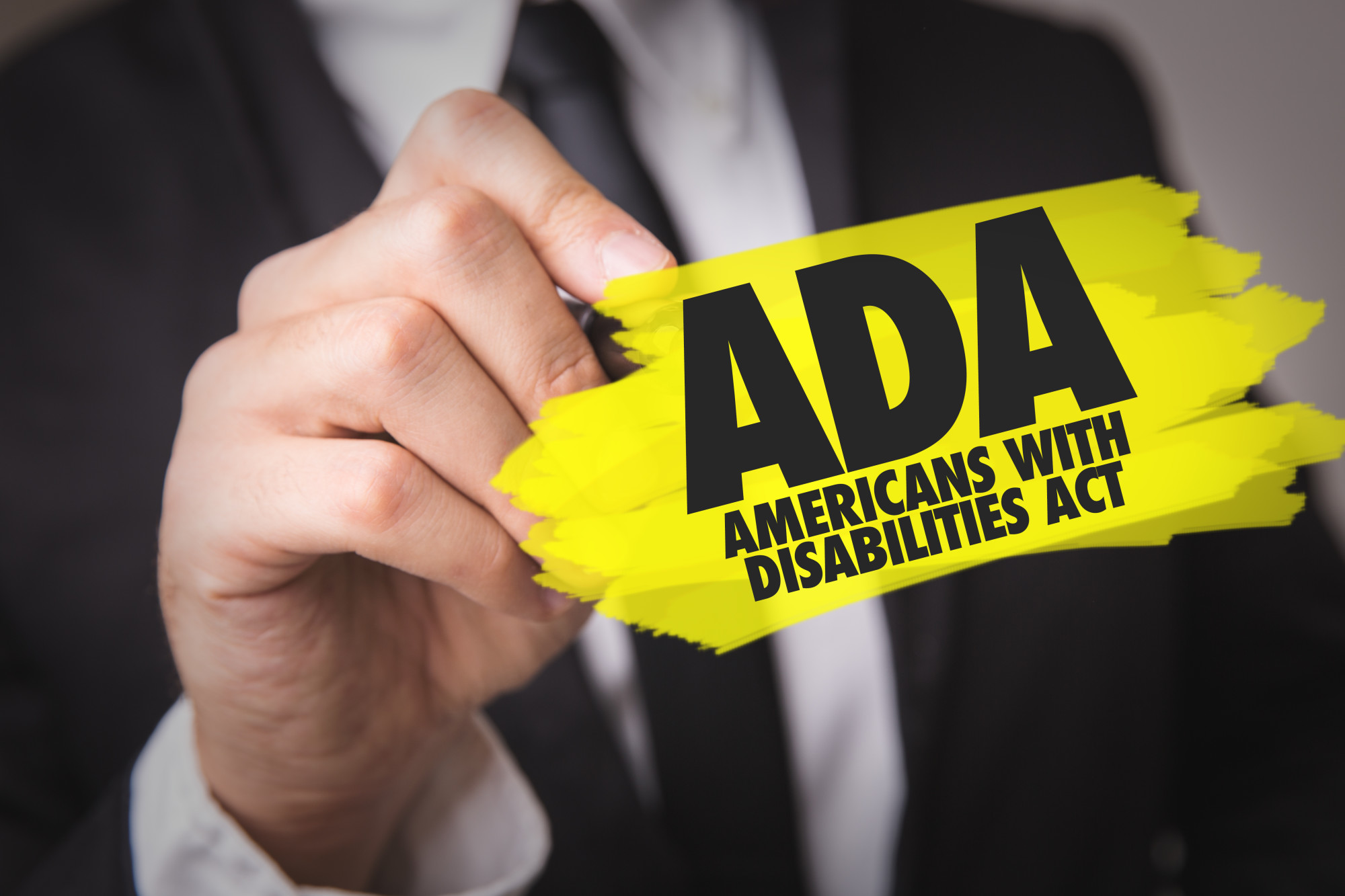In 2016, the US government passed the American Disability Act (ADA). This is to ensure that everyone can live a decent life at home and at work.
ADA hasn’t made diversity and general labor a priority before, so these rules were long overdue. The law states that everyone has the right to enter public spaces and businesses, even if they’re open or unknowingly contagious.
You’ll want to know about ADA because it benefits all employees and customers. But how exactly will you go about ensuring it in your workplace?
Continue reading for a guide on ADA compliance and its importance in your workplace.
Accessibility for All: Maintaining ADA Compliance in the Workplace
Companies are responsible for making sure their workplace is accessible to employees with disabilities. The Americans with Disabilities Act (ADA) prohibits discrimination against employees with disabilities. It requires employers to provide reasonable accommodations. There are many ways to make sure workplace compliance with ADA.
Assess Your Workplace
Conduct a self-evaluation of your facility to identify barriers to accessibility in your workplace.
If your workplace has physical barriers that make it difficult or impossible for people with disabilities to access. You’ll need to remove them. This may involve making changes to the architecture of the building, such as widening doorways or installing ramps.
Provide necessary equipment or tools to do their jobs. This may include providing ergonomic furniture, computer equipment, or software. Employers should also provide training on how to use the equipment and how to address any accessibility issues that may arise.
Make Reasonable Accommodations
Employers are required to make reasonable accommodations for employees with disabilities. Unless doing so would impose an undue hardship. This may include, but is not limited to, making existing facilities accessible to people with disabilities. Or modifying equipment or assigning some job duties to other employees.
Communicate with Employees with Disabilities
Employers must communicate with employees with disabilities to determine their individual needs and how best to accommodate them. This may include providing employees with written materials in alternate formats, such as braille ADA signs or large print, and using assistive technology to facilitate communication.
Avoid using terms that are offensive or demeaning. Make an effort to use clear and concise language and be patient and listen attentively as they may need extra time to process information.
Training Employees
It is important to remember that all employees must be trained on the ADA. This means that you, as the employer, must provide training that covers the basics of the ADA.
Make sure that all new employees receive this training, as well as any employees who are promoted or transferred into new positions. Be sure to have a policy and procedure in place.
Inclusion in the Workplace
When it comes to maintaining ADA compliance in the workplace, the most important thing to do is to keep up with the latest changes and make sure your workplace is compliant. You can do this by regularly checking the ADA website and keeping up with the latest news. You should also have a policy in place that covers how to handle ADA compliance issues in the workplace.
If you have any questions, you can always ask an ADA expert.
If you found the information above helpful, make sure to check out some of our other blog posts.

